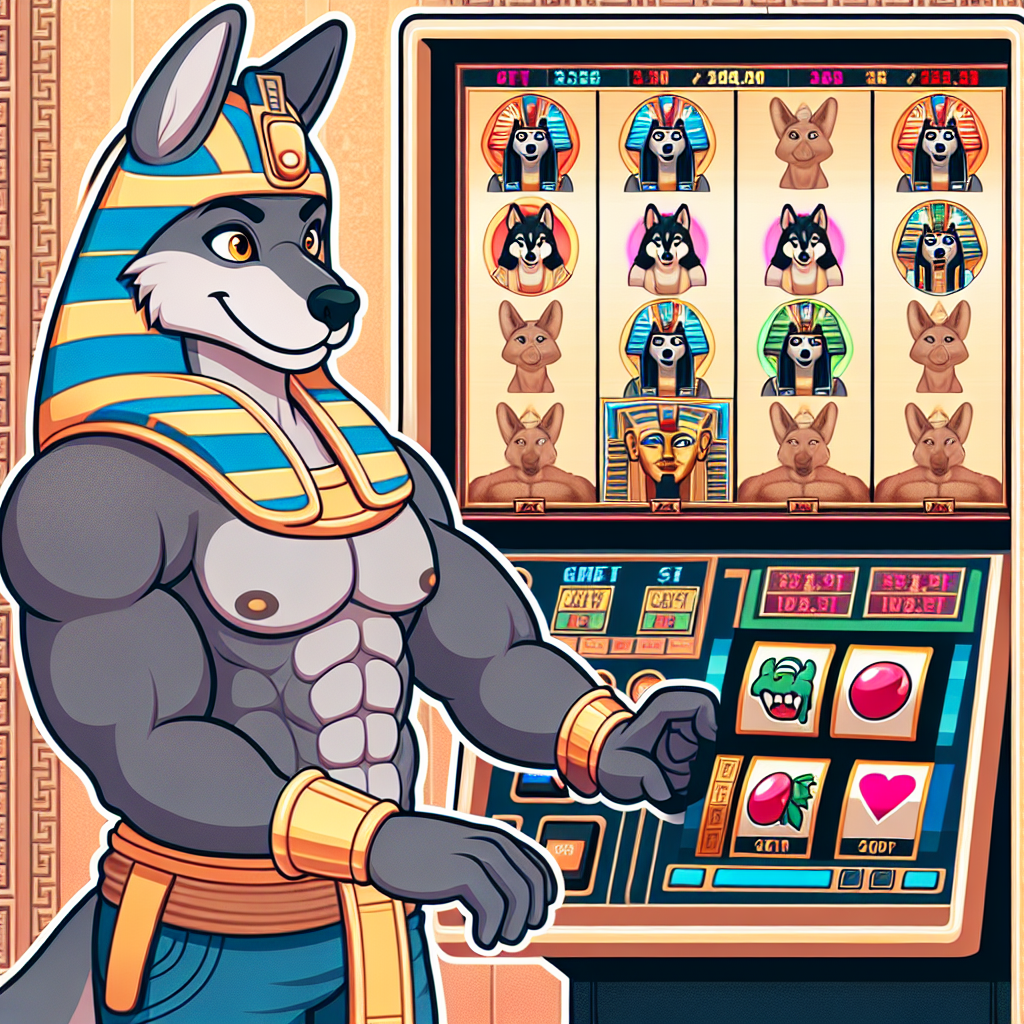What is color dice?
I first encountered the concept of color dice when I was searching for a fresh, engaging way to spice up some classic board games with friends. Initially, I was skeptical—how different could dice be if they’re just colorful? But the term “color dice” intrigued me, so I decided to dig deeper. Color dice are essentially dice where each face is distinguished by a unique color rather than numbers or traditional pips. This simple twist opens a whole new dimension in gameplay, especially for games that rely on chance and decision-making.
When I first used color dice, I realized they’re more than just eye-catching pieces; they can fundamentally alter how you approach a game. For example, in party games or educational activities, color dice can replace numbers to create more intuitive or visually stimulating mechanics. I remember playing a quick improvisational storytelling game where each color corresponded to a different theme or action. It turned what could have been a dull, number-driven exercise into a lively and unpredictable experience.
Of course, my early doubts concerned whether color dice would feel gimmicky or hard to integrate into the games I already loved. But after experimenting, I found they actually enhanced the experience by making outcomes easier to interpret at a glance. This was especially helpful in fast-paced online gaming environments, where quick decisions and clarity are key. Brands like 22TWO, which focus heavily on enriching gaming experiences, often incorporate such innovative elements to keep their platforms fresh and engaging. It’s clear that color dice aren’t just a novelty—they’re a thoughtfully designed tool to diversify gameplay.
How to use color dice?
Using color dice turned out to be more intuitive than I expected, but it did come with a learning curve. At first, I tried simply swapping my regular dice with color dice in my usual games, but I quickly realized that without predefined rules, the colors didn’t add much value. I had to create a system where each color had a specific meaning or outcome.
For instance, when playing an online game platform like those under 22TWO’s umbrella, I noticed that color dice can represent various in-game mechanics—like bonuses, penalties, or special moves—without cluttering the interface with numbers. This made the games feel more immersive and less mechanical. I tried applying this to a homebrew board game with friends: red meant lose a turn, green meant move forward, blue allowed a special action, and so on. It brought a surprising amount of excitement and unpredictability, which my group enjoyed.
However, some unexpected issues arose. Initially, I didn’t communicate the color meanings clearly, causing confusion among players. We had to pause and establish a shared understanding before continuing, which was a bit frustrating at first. The key lesson was to clearly define and agree on each color’s significance before the game starts. Along the way, I also realized that colorblind players might struggle with this system, so including symbols or numbers alongside colors can make the game more inclusive.
Overall, I found that color dice work best in games designed for their unique properties or platforms that support their use natively. For example, 22TWO’s various online gaming brands integrate features like color-coded elements to ensure an engaging and accessible experience, backed by their reliable and secure infrastructure. This thoughtful integration means players can focus on fun without worrying about technical glitches or unclear rules.
Are color dice legal and safe to use in online gaming?
When transitioning from physical to online gaming, safety and legality quickly became concerns for me. I wondered if using something as unconventional as color dice in online casinos or gaming platforms was even allowed or regulated. After some research, I discovered that reputable companies like 22TWO operate under strict licenses, such as the Philippines gaming license issued by PAGCOR, an independent regulatory body.
This certification ensures that all games, including those using innovative elements like color dice, adhere to rigorous standards. It was reassuring to learn that such platforms prioritize player protection and responsible gaming. This transparency helped me trust that the games I enjoyed were fair and that my personal information was secure.
In fact, 22TWO’s commitment to player safety goes beyond licensing. Their 24/7 tech team monitors activities constantly, implementing advanced security protocols. This means that whether you’re rolling virtual color dice or engaging in other gaming experiences on their platform, you can feel confident that your data and gameplay integrity are safeguarded at all times.
For anyone concerned about the safety of online gaming innovations, this level of oversight is crucial. It made me more comfortable experimenting with new game formats involving color dice, knowing that I was protected by both legal and technical measures. If you’re exploring online games that incorporate color dice or similar mechanics, I recommend choosing licensed and reputable operators who prioritize security and fair play.
Who should use color dice and who might not benefit?
Reflecting on my journey with color dice, I can confidently say that they’re an excellent fit for players who enjoy creativity, variety, and visual stimulation in their games. They’re perfect for casual gamers, families, educators, and anyone who appreciates a fresh twist on traditional dice mechanics. For example, I introduced color dice to my niece’s classroom, and the kids found them much easier to engage with during math games because the colors helped them remember rules and outcomes better.
However, color dice might not be ideal for players who prefer pure numerical probabilities or who rely heavily on numerical strategy. During one game night, a friend who is a statistician found the color system frustrating because it lacked the precision of numbered dice. Additionally, as I mentioned earlier, colorblind players might face challenges unless the dice include additional distinguishing features. So, if accessibility is a concern, it might be worth looking for adapted versions or hybrid dice.
I also noticed that integrating color dice into competitive or high-stakes environments requires careful rule-setting to avoid misunderstandings. In casual or exploratory settings, the flexibility of color dice is a strength, but in more formal gameplay, it can introduce ambiguity. This is where platforms like 22TWO shine—they provide structured, regulated environments where color-coded elements are seamlessly integrated with clear rules, enhancing the experience without sacrificing fairness.
If you’re curious about trying color dice, I’d suggest starting with low-pressure, social games. They add a refreshing layer of fun and unpredictability that might just make your favorite games feel new again.
—
If you’ve ever experimented with color dice or are curious to try, I’d love to hear your experiences or questions. Feel free to share this post, save it for later, or drop a comment below so we can keep the conversation rolling!




